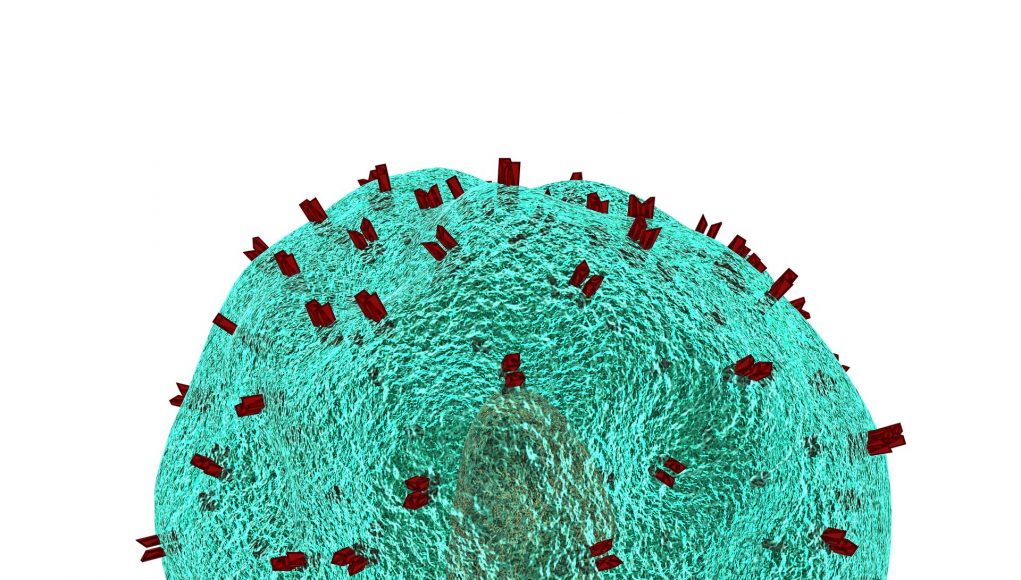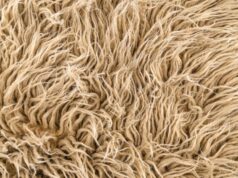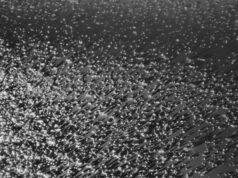Researchers have developed a way to prop up a struggling immune system to enable its fight against sepsis, a deadly condition resulting from the body’s extreme reaction to infection.
The scientists used nanotechnology to transform donated healthy immune cells into a drug with enhanced power to kill bacteria.
In experiments treating mice with sepsis, the engineered immune cells eliminated bacteria in blood and major organs, dramatically improving survival rates.
This work focuses on a treatment for late-stage sepsis, when the immune system is compromised and unable to clear invading bacteria. The scientists are collaborating with clinicians specializing in sepsis treatment to accelerate the drug-development process.
“Sepsis remains the leading cause of death in hospitals. There hasn’t been an effective treatment for late-stage sepsis for a long time. We’re thinking this cell therapy can help patients who get to the late stage of sepsis,” said Yizhou Dong, senior author and associate professor of pharmaceutics and pharmacology at The Ohio State University. “For translation in the clinic, we believe this could be used in combination with current intensive-care treatment for sepsis patients.”
Find your dream job in the space industry. Check our Space Job Board »
The study is published today in Nature Nanotechnology.
Sepsis itself is not an infection—it’s a life-threatening systemic response to infection that can lead to tissue damage, organ failure and death, according to The Centers for Disease Control and Prevention. The CDC estimates that 1.7 million adults in the United States develop sepsis each year, and one in three patients who die in a hospital have sepsis.
This work combined two primary types of technology: using vitamins as the main component in making lipid nanoparticles, and using those nanoparticles to capitalize on natural cell processes in the creation of a new antibacterial drug.
Cells called macrophages are one of the first responders in the immune system, with the job of “eating” invading pathogens. However, in patients with sepsis, the number of macrophages and other immune cells are lower than normal and they don’t function as they should.
In this study, Dong and colleagues collected monocytes from the bone marrow of healthy mice and cultured them in conditions that transformed them into macrophages. (Monocytes are white blood cells that are able to differentiate into other types of immune cells.)
The lab also developed vitamin-based nanoparticles that were especially good at delivering messenger RNA, molecules that translate genetic information into functional proteins.
The scientists, who specialize in messenger RNA for therapeutic purposes, constructed a messenger RNA encoding an antimicrobial peptide and a signal protein. The signal protein enabled the specific accumulation of the antimicrobial peptide in internal macrophage structures called lysosomes, the key location for bacteria-killing activities.
From here, researchers delivered the nanoparticles loaded with that messenger RNA into the macrophages they had produced with donor monocytes, and let the cells take it from there to “manufacture” a new therapy.
“Macrophages have antibacterial activity naturally. So if we add the additional antibacterial peptide into the cell, those antibacterial peptides can further enhance the antibacterial activity and help the whole macrophage clear bacteria,” Dong said.
After seeing promising results in cell tests, the researchers administered the cell therapy to mice. The mouse models of sepsis in this study were infected with multidrug-resistant Staphylococcus aureus and E. coli and their immune systems were suppressed.
Each treatment consisted of about 4 million engineered macrophages. Controls for comparison included ordinary macrophages and a placebo. Compared to controls, the treatment resulted in a significant reduction in bacteria in the blood after 24 hours—and for those with lingering bacteria in the blood, a second treatment cleared them away.
Dong considers the lipid nanoparticle delivery of messenger RNA into certain kinds of immune cells applicable to other diseases, and his lab is currently working on development of cancer immunotherapy using this technology.
Provided by: The Ohio State University
More information: Xucheng Hou et al. Vitamin lipid nanoparticles enable adoptive macrophage transfer for the treatment of multidrug-resistant bacterial sepsis. Nature Nanotechnology (2020). DOI: 10.1038/s41565-019-0600-1
Image Credit: CC0 Public Domain











